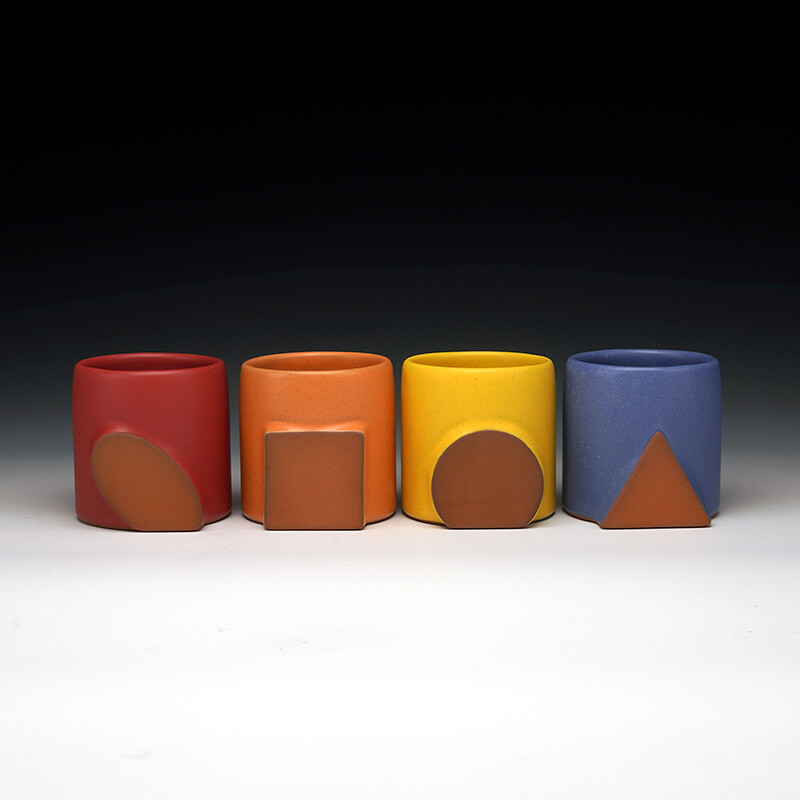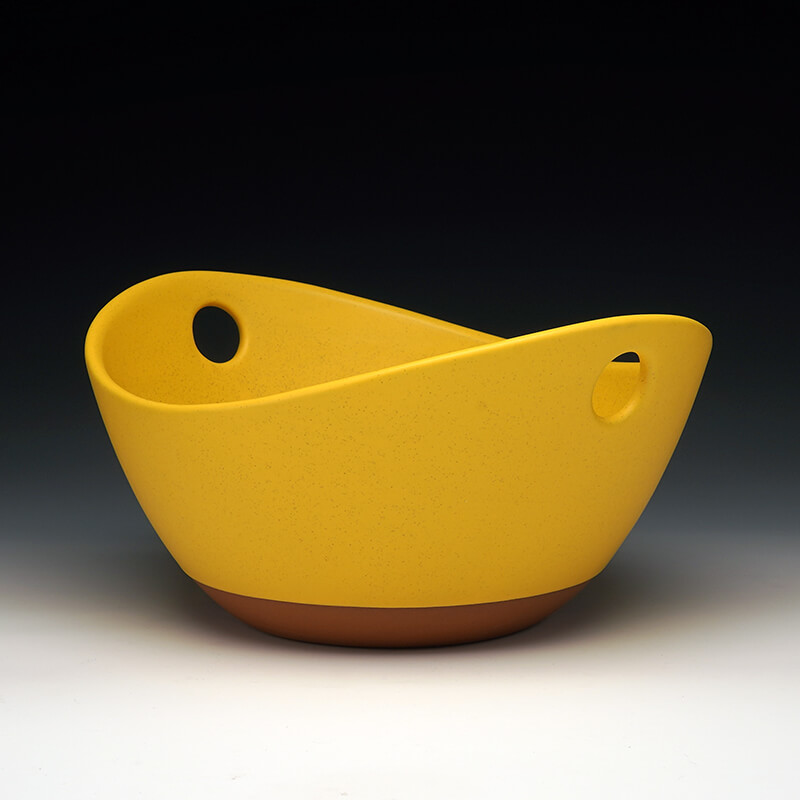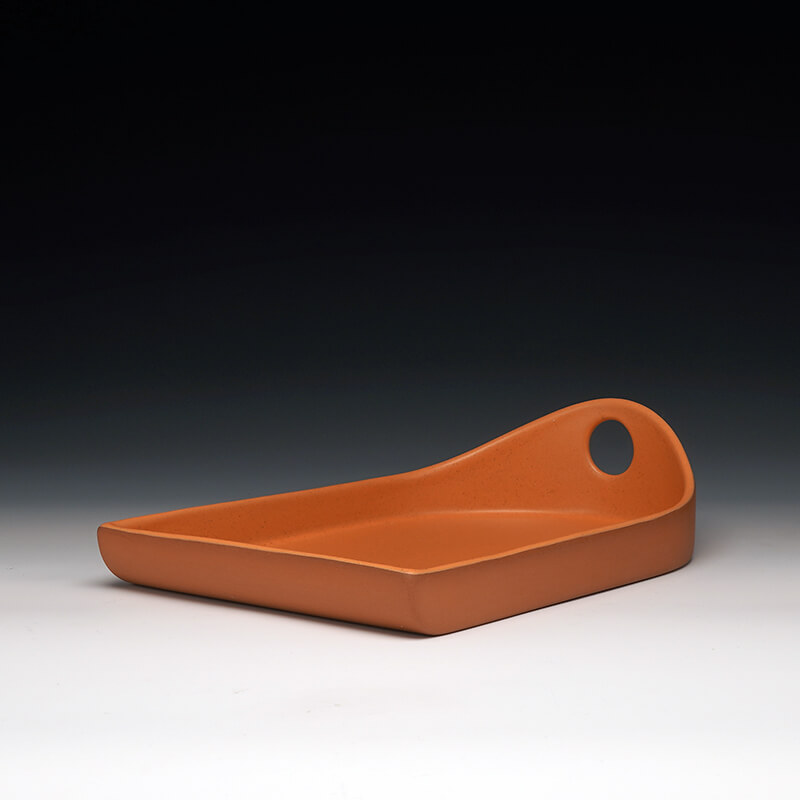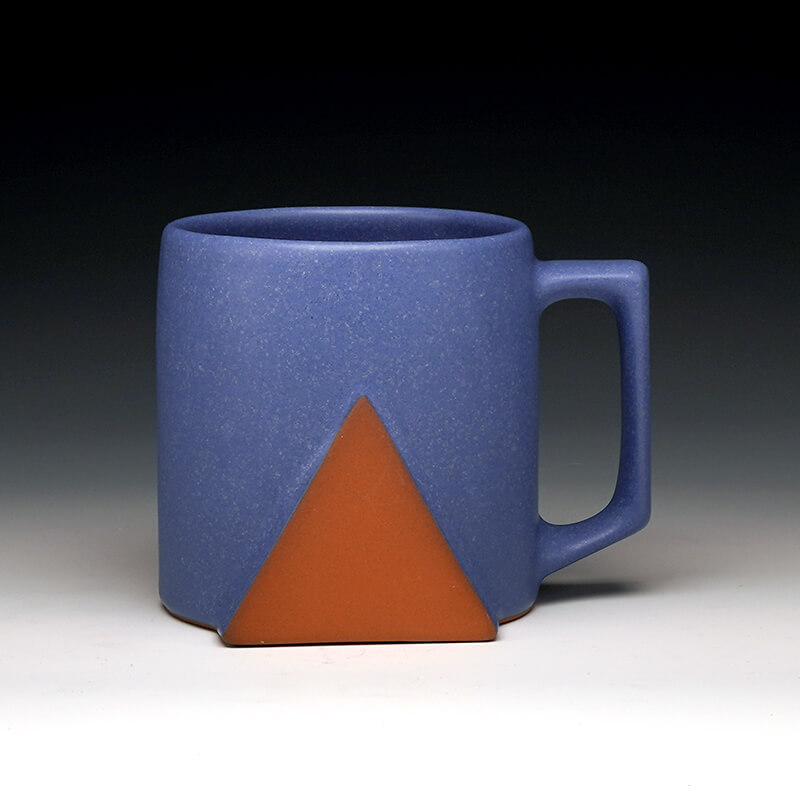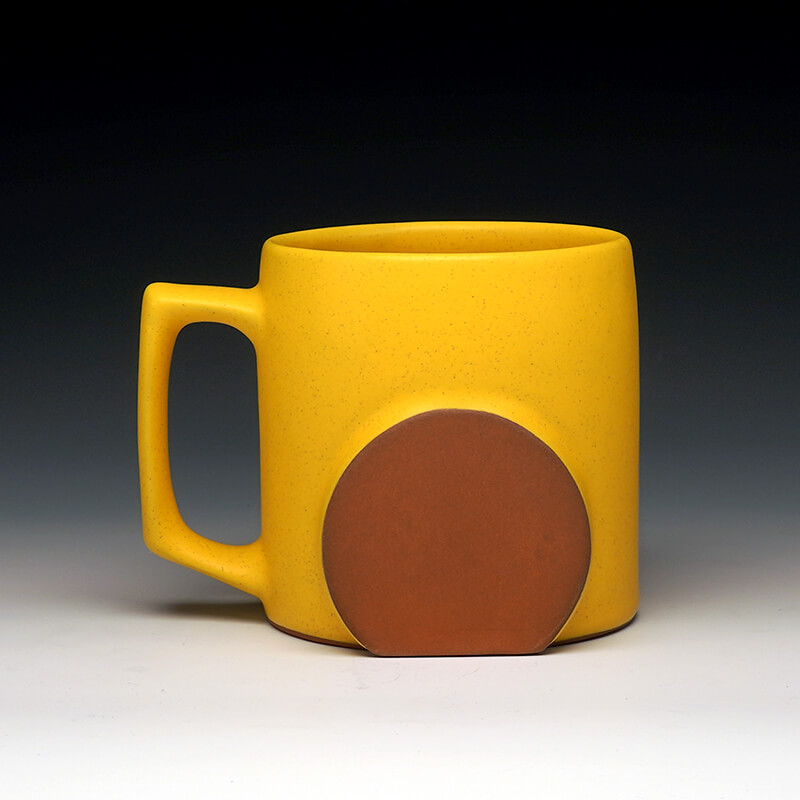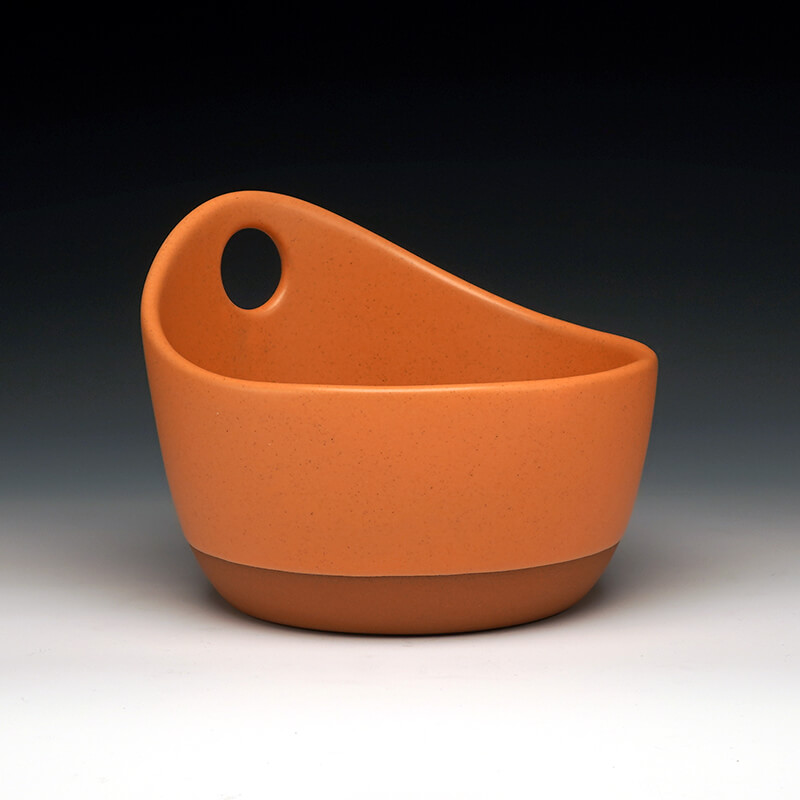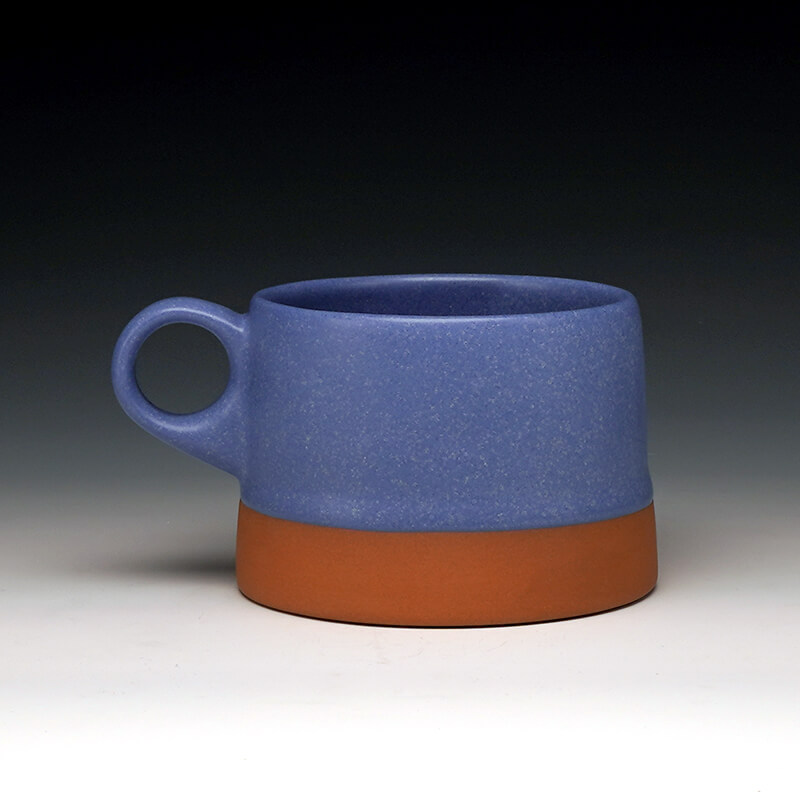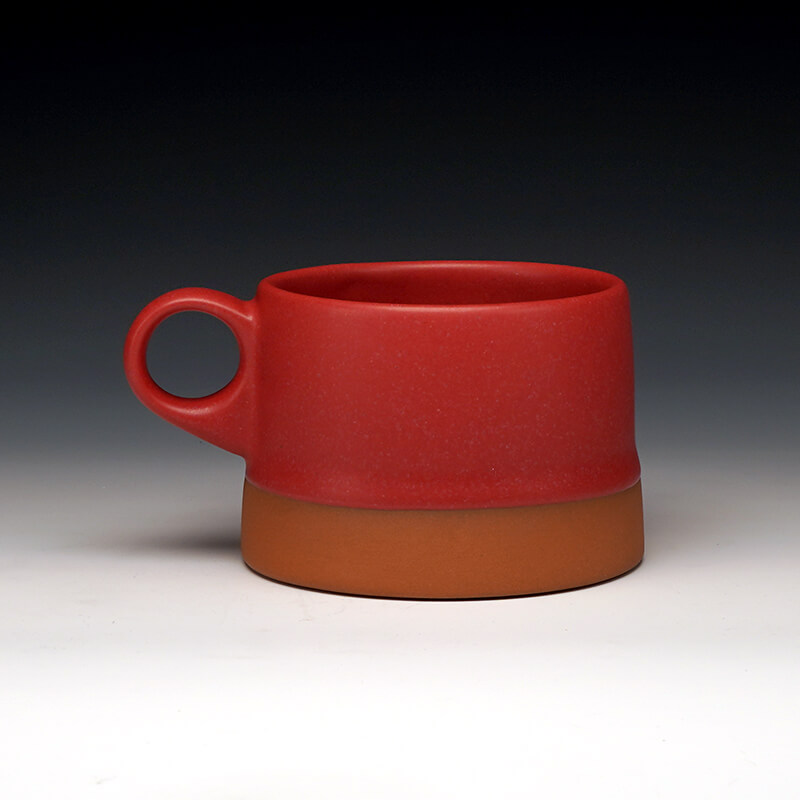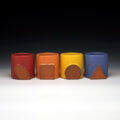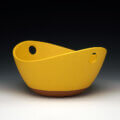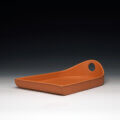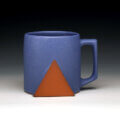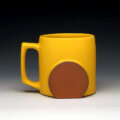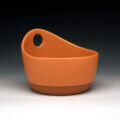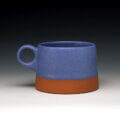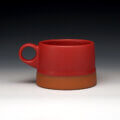
objects guided him aesthetically. Eshelman received a B.A. in art from the University of Puget Sound in Tacoma, Washington, and an M.F.A. in ceramics from the Rhode Island School of Design in Providence, Rhode Island. Since 1988 Paul, and his wife Laurel, have been living and making pottery in Elizabeth, a small farming community in northwestern Illinois. They have three children who all worked in the pottery during their years at home.
The principal design criteria for Paul Eshelman’s work are functional needs. The needed volume of a cup or bowl, the profile of a rim, or the size and shape of a handle are primarily determined by use and user. As in the creation of all things, the processes used largely determine the sense and aesthetics of the final object. Paul Eshelman’s pieces are designed using the visual language of symmetry and asymmetry, form and transitions between forms, and proportion.
Paul is grateful to have maintained a clay studio for over 30 years. The pots have gone out to enhance the lives of people across the country and are in service at the Alinea group restaurant, Roister, in Chicago and at Teaism in Washington, DC. The work has appeared in numerous books and magazines and has been displayed in galleries and museums including: American Museum of Ceramic Art, Pomona, California; Fosdick-Nelson Gallery, Alfred, New York; The Goldstein Museum of Design, University of Minnesota; The International Museum of Dinnerware Design, IMoDD, Ann Arbor, Michigan; Northern Clay Center, Minnesota, San Angelo Museum of Fine Arts, Texas; and the Schein-Joseph International Museum of Ceramic Art at Alfred, New York.
The work of Paul Eshelman enters an age noted for frenzied activity and visual distraction. This fragments our lives in profound ways. Functional pottery is Eshelman’s cultural attempt to bring order and human dignity to the merely physical act of consuming food and drink. As the pots are used daily, his hope is that they carry measures of quiet and nourishment for body and spirit. He imagines people at a dinner table, workspace, or office cubicle where food and drink are served and humanized by hospitable, well-ordered pots.
The pieces are made using a casting process in molds Paul designs and makes. The clay body is a red stoneware; the glazes are all lead free. Clarity is given to his simple forms by contrasting glazed and unglazed surfaces. Pure clean glazes render elegant presentation of food and drink.

